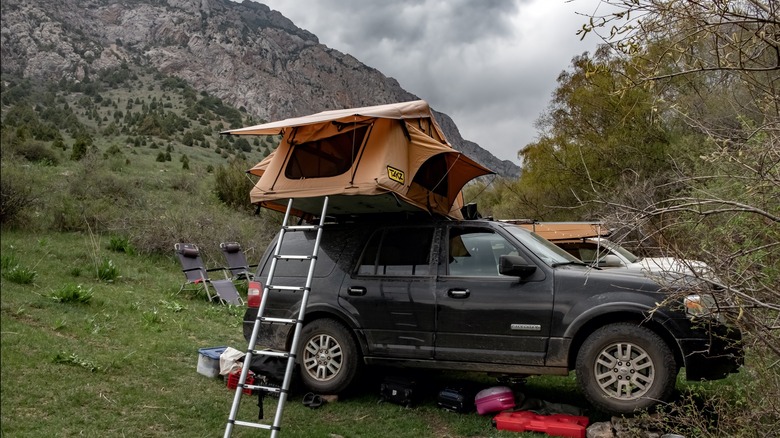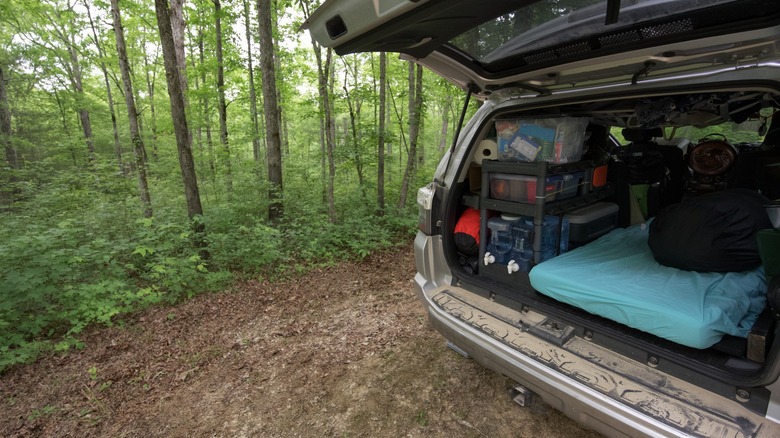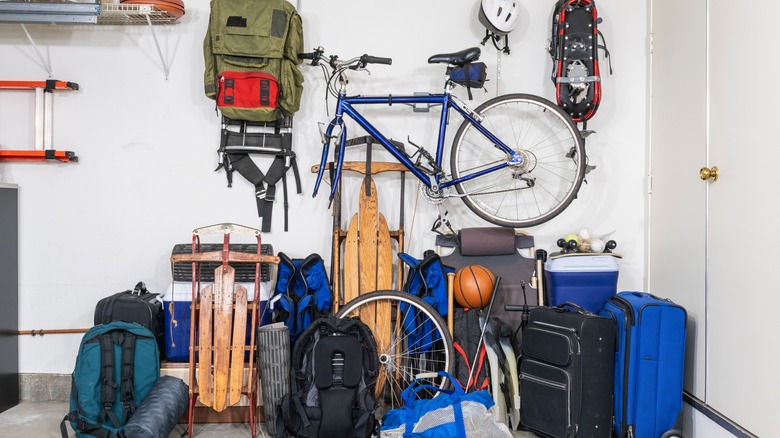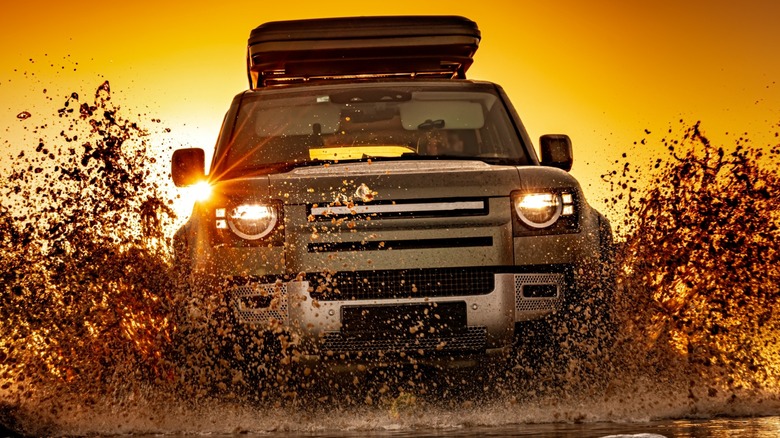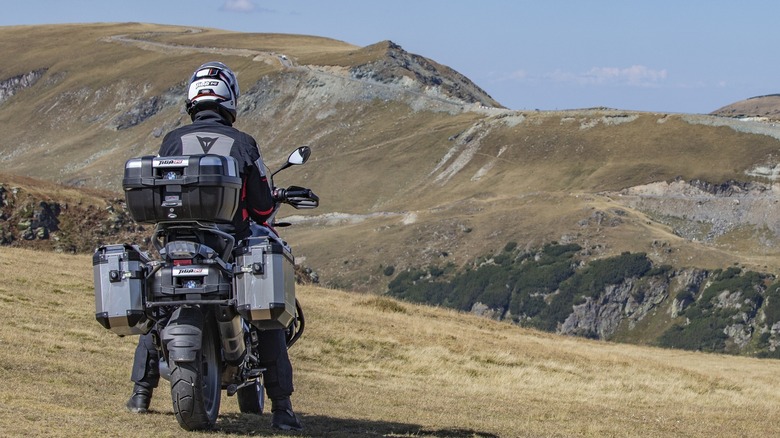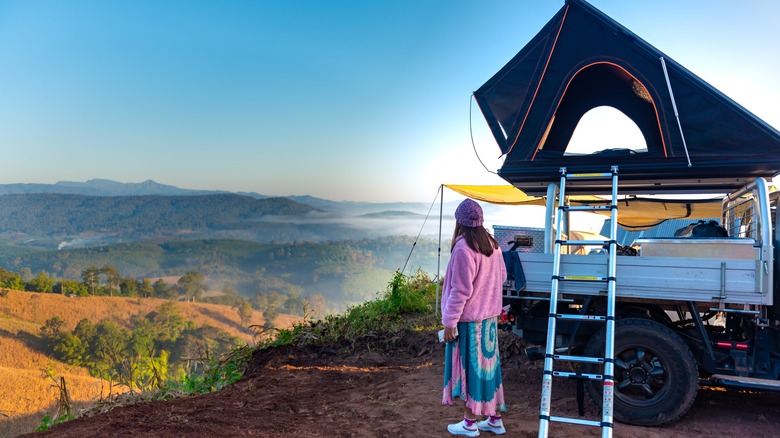5 Things To Consider Before Buying An Overlanding Vehicle
Overlanding is an excellent method for exploring the road less traveled. Think of it like a road trip but taking unpaved roads, camping under the stars instead of checking into hotels, and the route being more important than the destination.
Overlanding can take you to places that few people ever see in person. Imagine the freedom of taking a dirt road into our country's National Forests or other public lands and taking advantage of dispersed camping opportunities with epic mountain views alongside crystal clear streams.
The downside is that while overlanding, you'll often be in remote areas without immediate access to supplies or services. Personal comfort during an overland excursion directly depends on your level of preparation. In addition to your comfort level, your safety depends on being well-prepared for anything you might encounter on the trail.
The first decision you'll need to make likely centers around the overlanding vehicle you'll drive. You can convert nearly anything, from a motorcycle to a campervan conversion, into an overland rig, but the benefits and drawbacks vary with each choice. Consider these five things before buying an overlanding vehicle.
Daily driver or weekend warrior?
How you'll use your overlanding vehicle is the first thing you must consider before buying one. Are you planning to go all-in by living in the rig and working from remote parts of the country? Will you drive your overland rig around town daily or reserve it expressly for overland adventures as time allows?
An overlanding vehicle capable of supporting long-term travel and work requires a robust electrical system beyond what's typically provided by manufacturers. If you plan to spend extended periods away from civilization, your rig will also need more storage space for water, food, supplies, etc., than most.
Many people outfit their overlanding vehicles to allow moderate off-road capability while maintaining enough civility to drive to work or shopping. However, daily driving your overlanding vehicle requires secure gear storage and exposes equipment to unnecessary wear, tear, and UV degradation. A design with stealth in mind often serves the daily driver overlanding vehicle well.
If your budget allows, the best option for part-time overlanding enthusiasts is the purpose-built overlanding vehicle that spends off-time in a garage until you're ready for a trip. But that doesn't mean you should avoid overlanding until you can afford a special rig. The experience gained by overlanding with the vehicle you have goes a long way toward developing your preferred style.
How much gear do you need?
Your preferred camping style and activities determine how much gear you'll need. Overlanding along the coast and camping with your vehicle on the beach requires different equipment than exploring snow-covered mountaintops. Or, you may enjoy kayaking, fly fishing, or mountain biking, all of which require specialty gear and methods to attach that gear to your vehicle.
You may also find that overlanding requires some sacrifice. That giant propane-fired griddle you love might be too large for travel, but a smaller version could fit perfectly. If you have no idea how much gear you need to comfortably camp for as many nights as you'd like to travel, you'll want to figure that out by car-camping first.
Once your camping kit is sorted out, pile it up, measure it, and calculate its volume. This dimension gives you a starting place for the vehicle size you need. While it's true that sleep systems, tents, and cooking arrangements vary significantly between car camping and overlanding, at least you'll know if you prefer a minimalistic camping style or if you'll need room to bring an actual kitchen sink.
Off-road capability
Some vehicles offer more off-road capability than others. While overlanding, by definition, involves off-road travel, modern overland travel mostly requires staying on established, unimproved roads. However, traversing some of those "roads" requires competent four-wheel drive vehicles piloted by drivers with technical off-road driving skills.
It's essential to consider your goals and comfort level concerning off-road travel. In most cases, an overlanding rig should have all-wheel or four-wheel drive capability with at least moderate ground clearance. Overlanders traveling along remote, unmaintained roads in a small SUV, even with all-wheel drive, will encounter impassable conditions that more capable off-road vehicles could easily negotiate. However, if you're uncomfortable negotiating those obstacles, spending the money for a more capable rig is impractical.
Some automakers, like Jeep and Land Rover, are closely associated with Overlanding. Still, others offer models that provide an excellent starting point for building an overlanding rig. Start by imagining what overlanding looks like to you. How do you want to explore?
Vehicle type
While four-wheel-drive SUVs with rooftop tents often come to mind when considering overlanding vehicles, other options exist. It is possible to adapt nearly any vehicle to Overlanding, including motorcycles, cars, trucks, SUVs, and larger vehicles such as buses. The only restraint is your imagination, desired accommodation, and required off-road capability.
Remote road-accessible wilderness areas use a random series of unmaintained dirt or gravel roads following the path of least resistance. As mentioned, these roads often require four- or all-wheel drive vehicles for safe passage, but they are primarily passable in good weather.
Farther off the beaten path, you could encounter roads that give way to two-track trails. These two-track trails allow all but the widest vehicles, such as full-size trucks and SUVs, to pass if you don't mind some scratches on the sides. Utility vehicles, where allowed, and even dual-sport motorcycles offer the best chance for negotiating these narrow paths unscathed.
Aftermarket upgrade availability
Now that you have some idea of your overlanding vehicle requirements, it's time to research specific models. Start by making a list of the front runners that you prefer. The finalists should realistically provide enough off-road capability, space, and financial flexibility to meet your needs.
For each finalist, research the availability of desired aftermarket equipment upgrades. For example, do you want the ability to crawl your overlanding vehicle through three-foot-deep swift water around and over sofa-sized boulders? If so, you'll need a lift kit, oversized tires, and locking differentials. If you'd prefer riding a motorcycle on your adventures but like a well-equipped camping setup, consider pulling a trailer behind the bike or adding a motorcycle carrier to your vehicle. Just make sure your chosen vehicle is capable of accommodating your choice.
The worst thing you could do is overextend yourself financially to the point that you can't enjoy overlanding because you can't afford it. Instead, try slowly building out your kit of overlanding equipment while gaining knowledge about your options and increasing your skill set. That might mean taking your current vehicle on some tamer backroads near home to get started.
